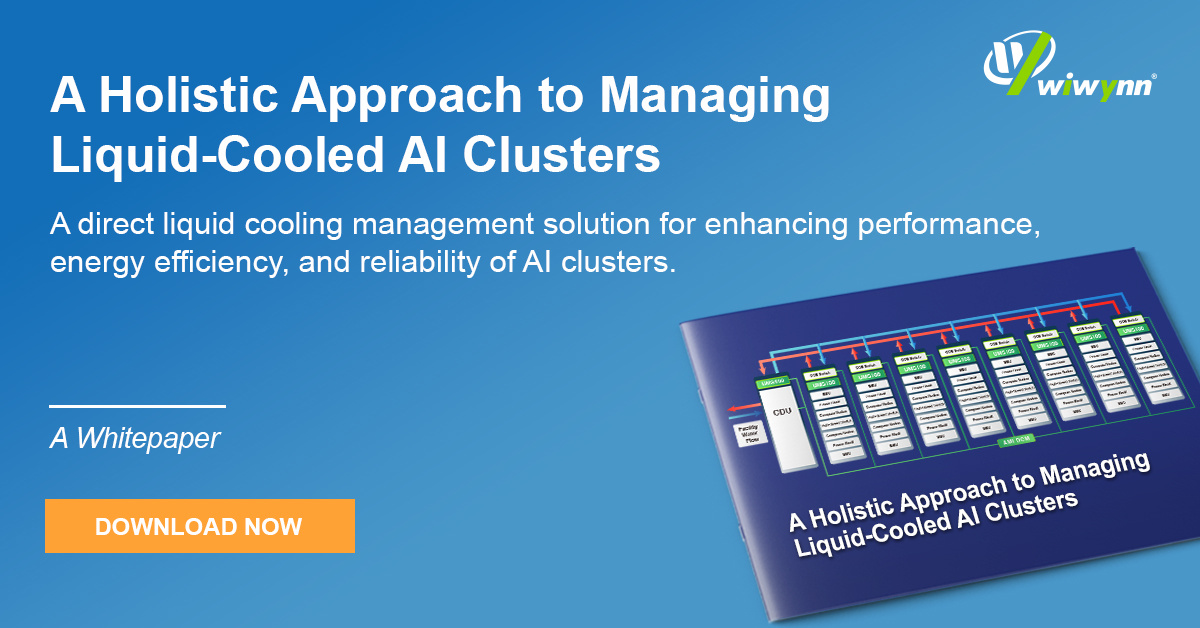White Paper: Platform Root of Trust Application on Intel Server
The white paper focuses on Wiwynn's implementation of Intel's Platform Firmware Resilience (PFR) in server systems, based on the NIST SP 800-193...
1 min read
Press
Nov 9, 2018 1:29:16 AM

With rapid development of cloud computing, the energy used in US data centers is estimated to exceed 190 billion kwr by 2020. Taking into account the increasing demands of high power processors and accelerators, it is inevitable for data center operators to re-architect their power delivery strategy.
As discussed in Wiwynn’s previous whitepaper, “48V: An Improved Power Delivery System for Data Centers”, 48V is proven an efficient power distribution architecture, and the adoption of 48V in data center ecosystem is accelerating. The 48V-to-12V two-stage power conversion modules (so-called two-stage solution) and “48V to point of load (PoL)” are the two most popular approaches for 48V implementation. PoL solution offers optimized 48V delivery but its component cost is higher and requires extensive resource for board re-design. In addition, the 48V rail running on mother board could introduce noise coupling issue and cause signal integrity (SI) challenges. Bigger lay-out space and design efforts are required and will further raise the cost. The two-stage solution shortens 48V IT solution development cycle with lower cost but power efficiency might be discounted with legacy technology for the additional stage power conversion.
To accelerate 48V adoption in data centers, Wiwynn continuously invested in 48V development and at OCP US Summit 2018, announced the advanced two-stage 48V solution which expedites 48V adoption, leverages existing IT system design and provides uncompromising power efficiency. In this whitepaper, we will detail the design concept with performance comparison. This provides data center community with high power delivery efficiency 48V solution.
Leave your contact information to download the whitepaper.

The white paper focuses on Wiwynn's implementation of Intel's Platform Firmware Resilience (PFR) in server systems, based on the NIST SP 800-193...

1 min read
As thermal design power (TDP) for modern processors such as CPUs, GPUs, and TPUs exceeds 1 kW, traditional air cooling methods are proving...

The integration of advanced liquid cooling systems in AI clusters is essential for maintaining thermal stability and optimizing performance. Key...